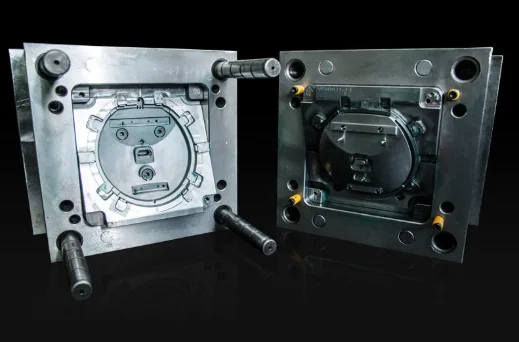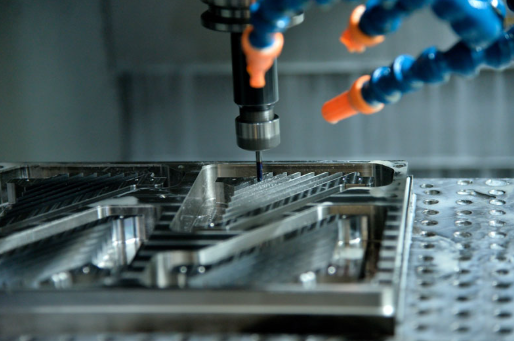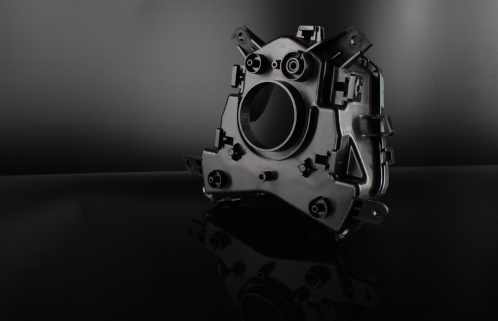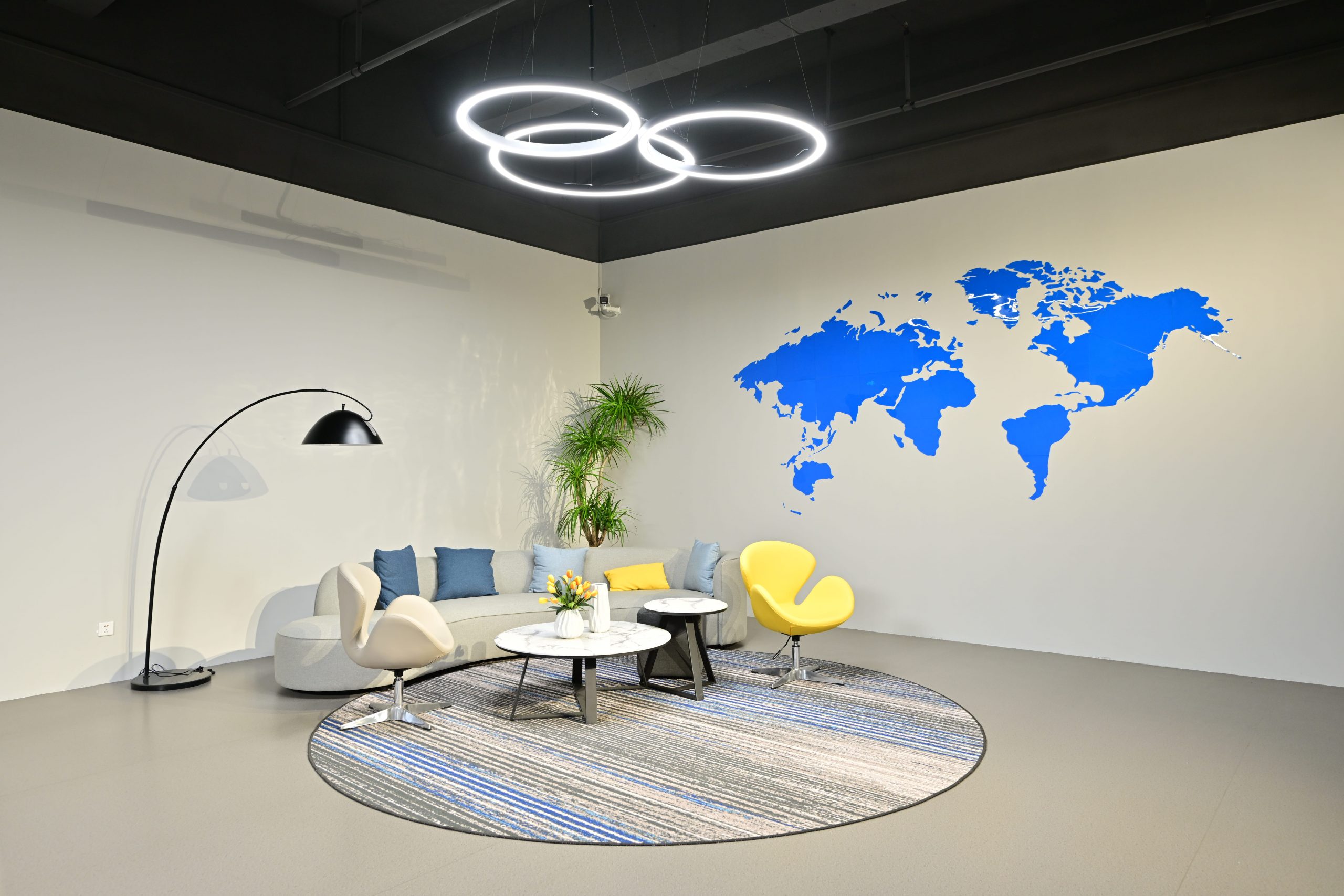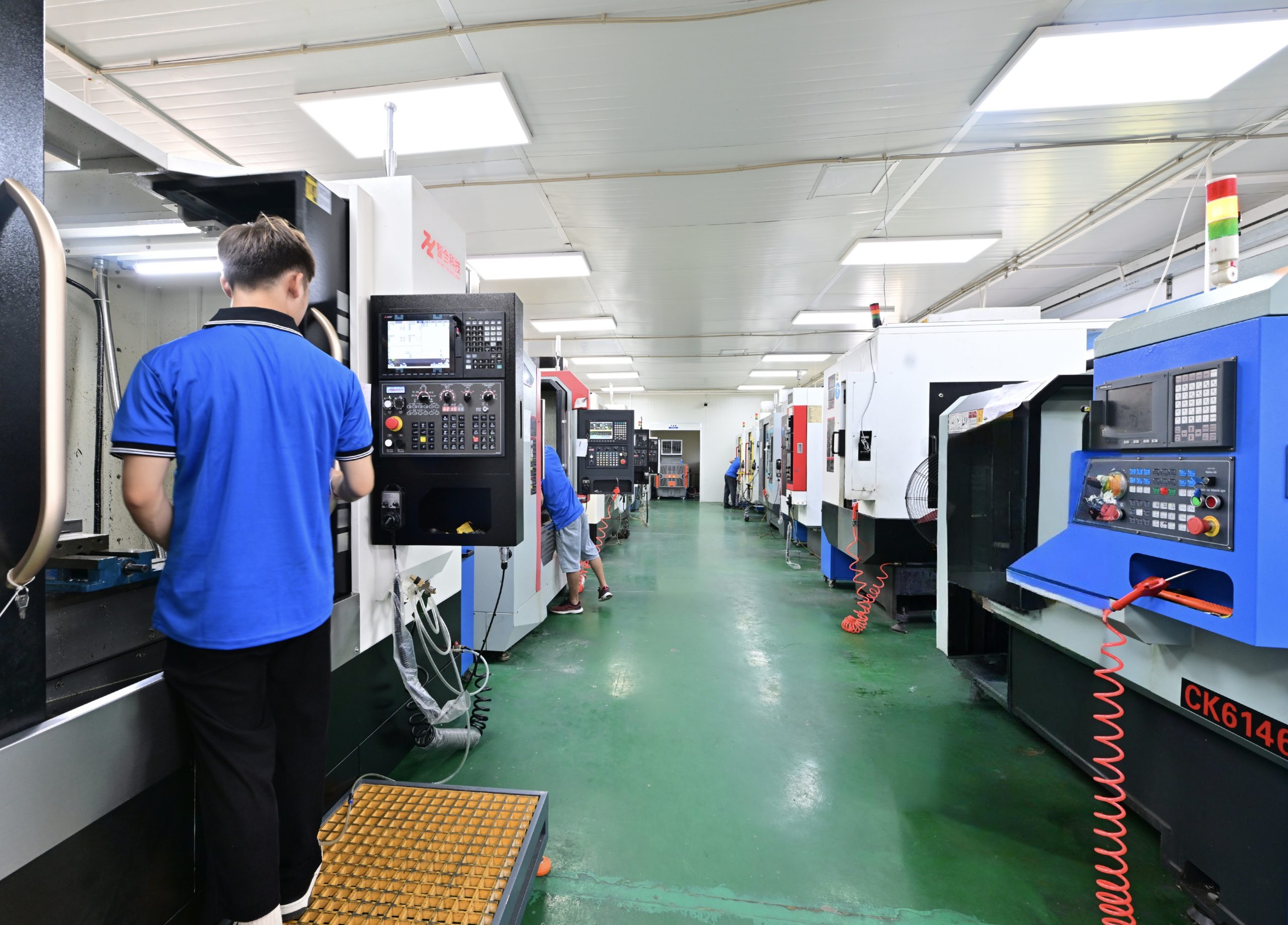Any manufacturing project can fail, that is a given. Just try to ask any entrepreneur how many times they have faced failure and how much times out of those someone else is to blame. Many of them will place the fault on the market or the timing while a lot more will put the guilt on their shortcomings when they had to deal with the design and functionality of their product.
When we are using rapid prototyping services most of the times, we have read many times how reliable is the technology and how little room there is for failure. 3D printing seems like a magic wand, and everything looks like it will be okay if we just stick to the plan. The cold hard truth is that we are far from it.
There are so many things to consider when you choose to use rapid prototyping services, but since there are thousands of guides out there regarding specific matters to particular issues depending on the project we are going the general route to let you know what you can do on your end to avoid failure. Sit back and read on:
Table of Contents
ToggleGo the Iterative Route
For many developers out there this is a no-brainer and a way to avoid losing money: iteration gives you an opening to make revisions on the original premise of your product to find out everything that works with your designs and what it doesn’t. Modifications constantly happen along multiple tests and analysis that can give you a better result and one that is better suited to the market’s needs. Beware though: excessive iteration that remakes your product into something new is neither professional nor desirable.
Go for Effective Rapid Prototyping
3D printing and rapid prototyping services have managed to cut down the costs of new products to a mere fraction of handcrafted tooling. It’s also a way to get a finished version of the product on project developers. There is nothing comparable to the sensation of having a fully functional version of your product on hand where you can test all the performance issues. Since most manufacturers can deliver your prototype using the same material you are expecting to use you can single out the problems after a couple of revisions.
Try Vacuum Casting
Vacuum casting can be used to generate the ideal prototypes that will be used to test performance issues on a product that is set to be released in the mass market in large numbers. Is often the preferred method to get plastic parts tested until the tolerance levels work the way they are supposed to. The cost of each finished piece is low, but the cost of creating the mold usually is pretty high, so this prototyping/manufacturing method is best preferred for large production runs and the type of task that is only offered to a reputable company.
As you can see, most of the solutions involve a hefty budget, but even if you don’t have one, you can work it out with your any rapid prototyping services as long as you have realistic expectations.

